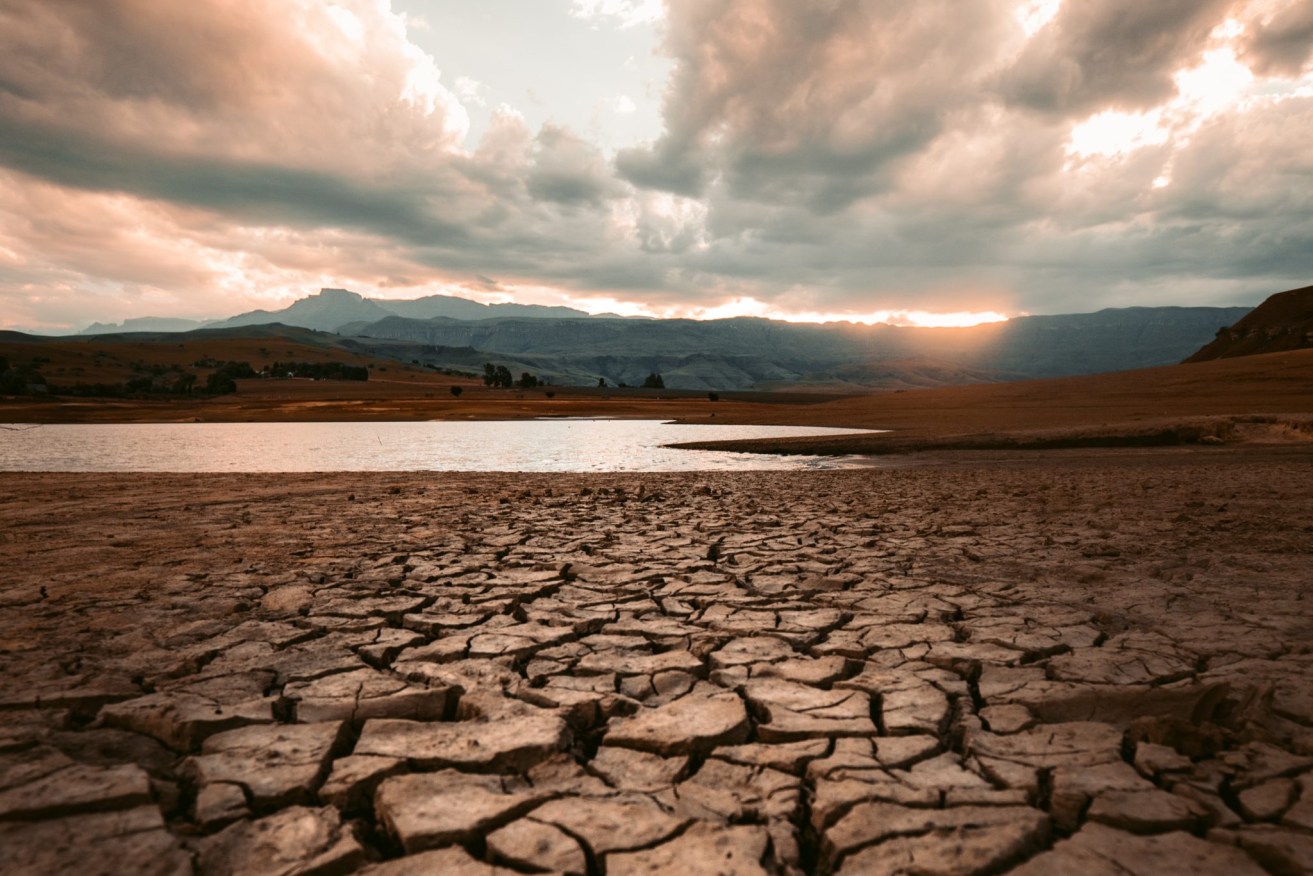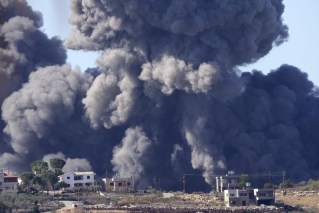Quick as a flash: Why a new type of drought has put scientists on dry alert
Fast rising waters produce flash floods, but what about fast rising temperatures that produce flash droughts?


Scientists from the University of Southern Queensland, with backing from the Queensland Government and Meat & Livestock Australia, are putting the concept under the microscope.
Droughts are traditionally viewed as a slow-moving natural disaster, an insidious creep across the landscape that can take years to build and officially declared.
Now there’s an unexplored type of dry spell on the horizon, a faster-moving, more intensely compressed dry weather event where the impacts hit rapidly over a shorter time frame.
Dr Hanh Nguyen, a Bureau of Meteorology senior climate scientist and part of the University of Southern Queensland-led Northern Australia Climate Program, is calling the event a ‘flash drought’.
Like flash floods, the term refers to a suddenly changing situation where conditions intensify faster than expected – instead of months and years, things escalate over weeks.
Nguyen’s initial findings have recently been published in the Weather and Climate Extremes journal.
“The recent multi-year drought across subtropical eastern Australia was the driest and hottest three-year period since 1911,” she said.
“Conditions went from wet in 2016 to a government-declared drought from the end of 2017, intensifying further to become most severe in mid to late 2019.
“The abrupt shifts of severity and intensification timing align with being flash drought events.
“While climatic regimes are mostly well predicted at several weeks lead time by both statistical and dynamic methods, predicting the timing and location of a flash drought is elusive.”
Nguyen and her team believe ‘flash drought’ is a new name for an old problem, and are shifting through decades of historical data to better understand and define the phenomenon.
“Drought is a national problem that impacts food production, farmers’ living conditions and costs governments billions in aid,” she said.
“The agriculture industry is on the frontline of this issue, so we are now working with local producers to ground truth what we’re seeing in the records
“Our network of Climate Mates are reaching out to their contacts for first-hand accounts of suspected flash droughts.
“While large-scale drivers set the stage for the likelihood of drought, successful prediction of flash droughts will require more local and current information.”








